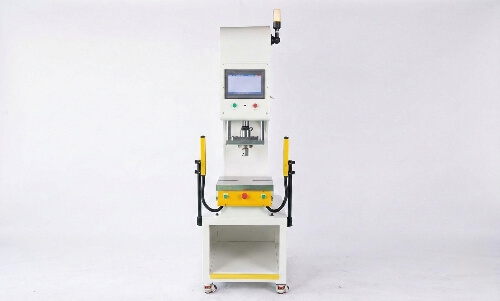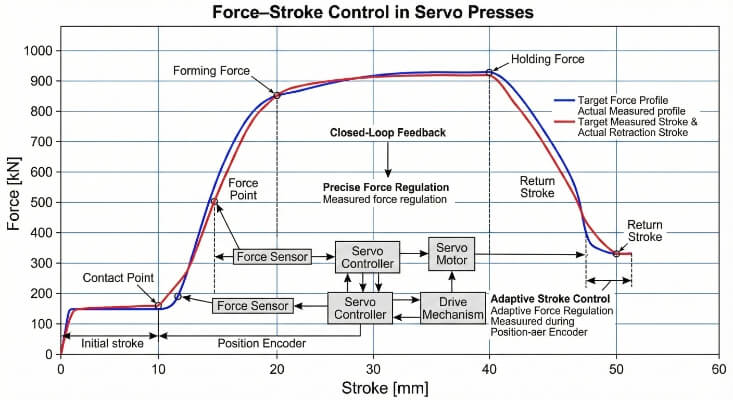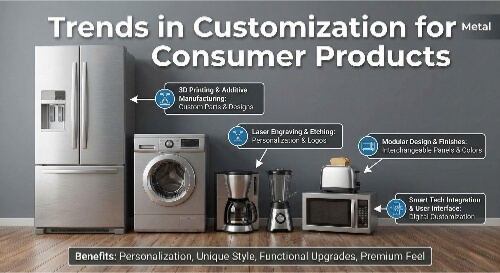Many manufacturers want parts that are strong, easy to make, and look great. Sometimes, regular metalworking cannot deliver these results. Brass extrusion is a proven process that solves many of these pain points. It allows companies to shape brass into rods, bars, tubes, or complex profiles with speed and precision. This can lead to better products and faster production cycles.
Brass extrusion brings unique strengths to product design and manufacturing. This guide shows you how it works, its main uses, and why many industries trust this process.
What is Brass Extrusion Process?
Brass extrusion is a process that shapes brass by pushing a heated block through a mold, called a die. The block, known as a billet, is first heated until it becomes soft but does not melt. Then, a powerful press pushes it through the die. As the brass moves through, it forms into the shape of the die. This shape could be a rod, a tube, or a more detailed profile with edges or grooves.
This method is very flexible. It allows manufacturers to create many different shapes with smooth surfaces. After extrusion, the brass pieces can be cut, bent, drilled, or machined to match the final design. Because of this, brass extrusion is often used to make parts that need exact shapes and tight size control.
Types of Brass Used in Extrusion
Different brass grades are used in extrusion depending on the product’s needs. Each type has its strengths, formability, and corrosion resistance.
Free-Cutting Brass (C360)
This type is easy to machine. It has a small amount of lead, which helps cutting tools move smoothly. It gives a clean finish and works well for parts that need extra drilling or shaping.
High Strength Yellow Brass (C260)
This brass has more zinc in it. That makes it stronger and more resistant to wear. It is a good choice for industrial parts, valves, and hardware.
Naval Brass (C464)
Naval brass includes a small amount of tin. The tin helps the brass resist corrosion, especially in saltwater. This makes it a good option for marine parts or outdoor equipment.
Red Brass (C230)
Red brass has more copper. This gives it a deeper color and strong resistance to rust and water damage. It is often used in plumbing or for decorative parts.
Lead-Free Brass (C693, C87850)
These are newer types of brass. They have no lead, which makes them safer for drinking water systems. They still machine well and are strong enough for most jobs.
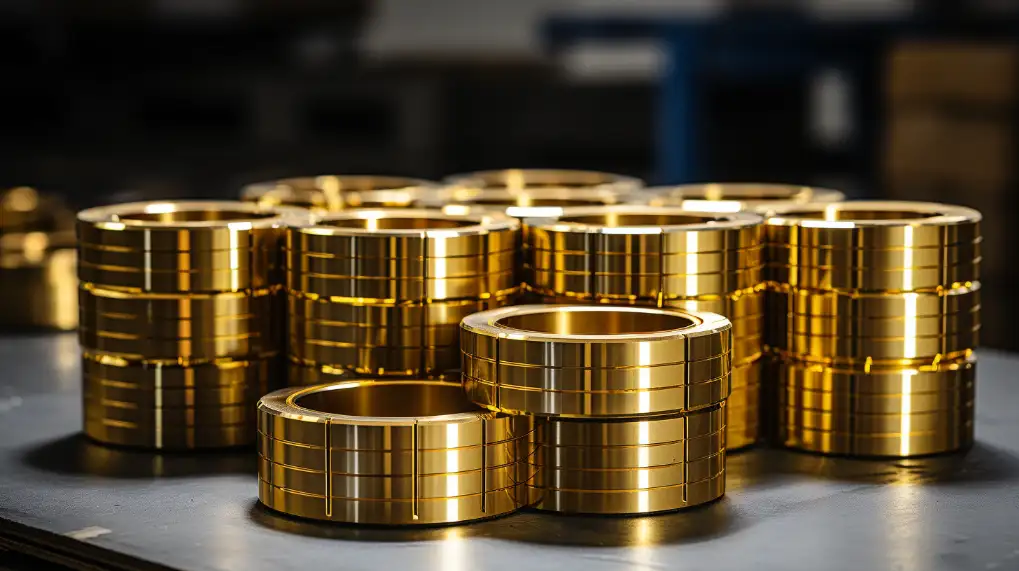
Brass Extrusion Methods
Brass can be extruded in a few different ways. Each method has its strengths. The right choice depends on the part shape, how precise it needs to be, and how many pieces you need to make.
Direct Extrusion
Direct extrusion is the most common method. In this process, the brass billet is heated and placed into a container. A ram then pushes the billet through a die. Both the ram and the billet move in the same direction.
This method is simple and works well for many projects. It can produce large quantities and a wide range of shapes. But the friction between the brass and the container is higher. This can cause wear on the tools and small changes in part size.
Indirect Extrusion
Indirect extrusion works a little differently. The billet stays still, and the die moves toward it. The ram is hollow, and the die sits inside it. This setup lowers friction because the billet doesn’t rub against the container wall.
This method gives better accuracy. It’s suitable for softer brass and for making thin-walled parts. Tool wear is also lower. But the setup is more complex and slower than direct extrusion.
Impact Extrusion
Impact extrusion uses a fast, strong hit to force the brass through the die. It’s usually used for small, hollow items like tubes or cans.
This method works best with soft brass. It’s often done at room temperature. It’s a good choice for making lots of small parts with thin walls and smooth surfaces.
Hydrostatic Brass Extrusion
Hydrostatic extrusion uses liquid pressure to help shape the brass. The billet is placed in a chamber filled with pressurized fluid. The fluid supports the billet as it is pushed through the die.
This process lowers friction and allows higher pressure. It helps prevent cracks in hard or brittle brass. The result is smoother surfaces and more consistent part shapes.
How Does Brass Extrusion Work?
Brass extrusion moves step by step. Each stage helps shape the metal and keeps the final part strong, clean, and accurate.
Billet Preparation
The process starts with a billet. This is a solid, round piece of brass. It is made from the chosen alloy and must match the size of the extrusion press. Before heating, the surface of the billet is cleaned. This removes dirt and oxidation.
Heating and Pre-Processing
The billet is heated to a specific range, usually between 900°F and 1,300°F. This makes the brass soft enough to shape, but it does not melt. Softer metal moves more easily through the die. A layer of lubricant is added before extrusion.
Extrusion and Shaping
Once heated, the billet goes into the press chamber. The machine applies a strong force to push or pull the billet through a die. The die controls the final shape. The brass flows through the die as a long piece with one fixed shape.
Cooling and Finishing
After the brass comes out of the die, it needs to cool. This is done with air or water, depending on the setup. Once cool, the long piece is straightened. The last step is to cut the part to the correct length. If needed, extra steps like drilling, coating, or polishing can be done next.
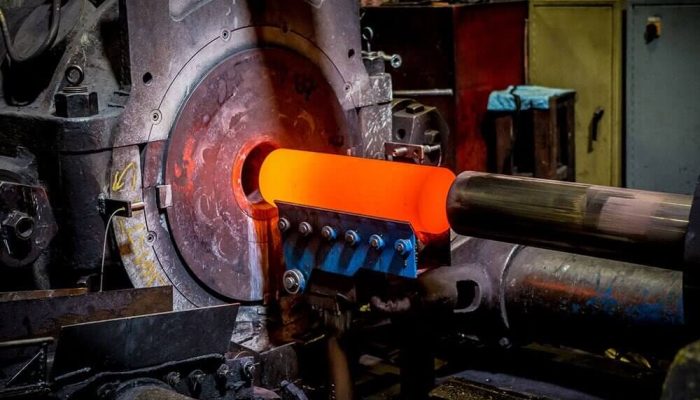
Advantages of Brass Extrusion
Brass extrusion gives many benefits that help engineers and buyers meet both performance and cost goals. It offers strong parts, smooth surfaces, and less waste.
Strength and Durability
Extruded brass parts are solid and rigid. The process shapes the metal in a way that improves strength. This makes the parts last longer, even under pressure or constant use. Brass also resists rust and wear, which helps reduce maintenance.
Design Flexibility
Brass extrusion supports many shapes and sizes. Complex profiles, sharp edges, and hollow sections are all possible. This makes it easier to match design needs without extra cutting or welding. It also gives more control over the part’s function and look.
Efficient Material Usage
The process forms the brass close to its final shape. This reduces the need for cutting or grinding. Less waste means lower material costs. It also saves time in later steps and cuts down on scrap.
Surface Finish Quality
Extruded brass comes out with a smooth, even surface. This cuts down the work needed for polishing or coating. It also makes the parts look better. A good surface finish helps with both function and appearance.
Design Considerations for Brass Extrusions
Good design makes brass extrusion more reliable and cost-effective. By planning around shape, strength, and how the part will be used, you can reduce waste and avoid delays.
Wall Thickness and Tolerances
Try to keep the wall thickness the same across the part. If one section is much thinner, it may cool too fast or crack. Uneven walls can cause stress that leads to defects.
Tolerances are usually tighter on simple shapes. Complex designs may need wider limits. This helps reduce tool wear and keeps costs under control. Always check with the extrusion shop to see what they can support.
Hollow vs. Solid Profiles
Solid shapes are easier to make. They are also stronger. If the part doesn’t need to be lightweight, use a solid profile.
Hollow shapes are better when you need to save weight or make space for wiring or fluids. These shapes take more effort to produce. They also need careful control to meet tight specs.
Finishing Requirements
Brass often comes out of the die with a clean surface. In many cases, no extra finishing is needed. But if the part needs polishing, coating, or brushing, add additional material in the design for those steps.
Avoid sharp corners and tight gaps if the part will be plated or polished. Smooth curves help the finish stay even and clean.
Joining and Assembly Methods
Brass parts can be joined in many ways. You can weld, solder, or use screws. Choose the method based on how the part will be used.
If you’re planning to bolt parts together, add flat areas or pre-formed holes. For soldering, leave space for heat and tool access. This makes the job easier and improves the final fit.
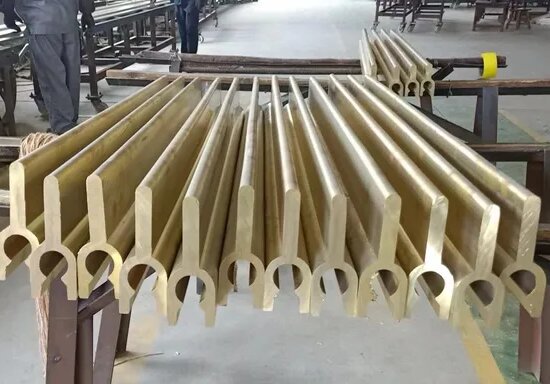
Common Applications of Brass Extrusions
Brass extrusions are used in many types of products. They combine strength, easy shaping, and a nice look. This makes them a good fit for both hidden parts and ones that are on display.
Electrical and Electronics
Brass is a good conductor of electricity. This makes it a solid choice for connectors, pins, terminals, and contact points. It also fights corrosion, which helps electrical parts last longer. Small brass extrusions can be made to tight sizes for plugs, switches, and other devices.
Plumbing and HVAC
Brass handles heat, pressure, and moisture very well. That’s why it’s often used for pipes, valves, and fittings in water and gas systems. Brass also doesn’t rust, which makes it safer for use in drinking water systems.
Architectural and Decorative
Brass has a warm, shiny color that looks clean and high-end. It’s often used in door frames, handrails, trim, and window parts. The extrusion process allows for clean lines and smooth curves.
Automotive and Industrial Uses
Brass extrusion is standard in cars and machines. It’s used for bushings, bearings, fuel connectors, and sensor housings. These parts must be strong and hold up under vibration or heavy use.
Key Factors in Brass Extrusion
Many things affect how well brass extrusion works. By managing each one carefully, you can get better part quality and avoid slowdowns in production.
Material Choice
The type of brass you use affects the whole process. It changes how the metal flows, how smooth the surface looks, how strong the part is, and how well it resists rust.
Softer brass, like C260, is easier to extrude. More complex types, like C464, need more force and better lubrication. Choose the alloy based on what the part needs to do.
Die Design
The die gives the brass its final shape. A well-designed die helps the metal flow smoothly. It also stops weak areas from forming and helps the tools last longer.
If the die has sharp corners or sudden size changes, the brass may crack or flow unevenly. More complex shapes need special dies, like bridge or hollow dies.
Temperature Control
Brass must reach the right temperature before it goes through the die. If it’s too cold, it won’t move well. If it’s too hot, it might warp or crack.
The tools also need steady heat. If the temperature changes too much, the surface may look rough, or the part may shrink or bend. Keeping everything at the right temperature helps the brass move smoothly and makes for cleaner parts.
Speed & Pressure
Speed and pressure must match the brass and the shape you want. If the press moves too fast, the brass can tear or form air pockets. If it moves too slow, it wastes time.
More complex alloys or tricky shapes need more pressure. But too much pressure can wear out the tools fast. With the correct settings, you get steady parts and fewer problems.
Conclusion
Brass extrusion is a practical and reliable method to create strong, detailed, and cost-effective metal parts. It supports a wide range of shapes, sizes, and finishes. From simple rods to complex custom profiles, the process allows consistent results with minimal waste.
Looking for a trusted partner to produce high-quality brass extrusions? Contact us today to discuss your project needs. We support both prototypes and full-scale production.
Hey, I'm Kevin Lee

For the past 10 years, I’ve been immersed in various forms of sheet metal fabrication, sharing cool insights here from my experiences across diverse workshops.
Get in touch

Kevin Lee
I have over ten years of professional experience in sheet metal fabrication, specializing in laser cutting, bending, welding, and surface treatment techniques. As the Technical Director at Shengen, I am committed to solving complex manufacturing challenges and driving innovation and quality in each project.

